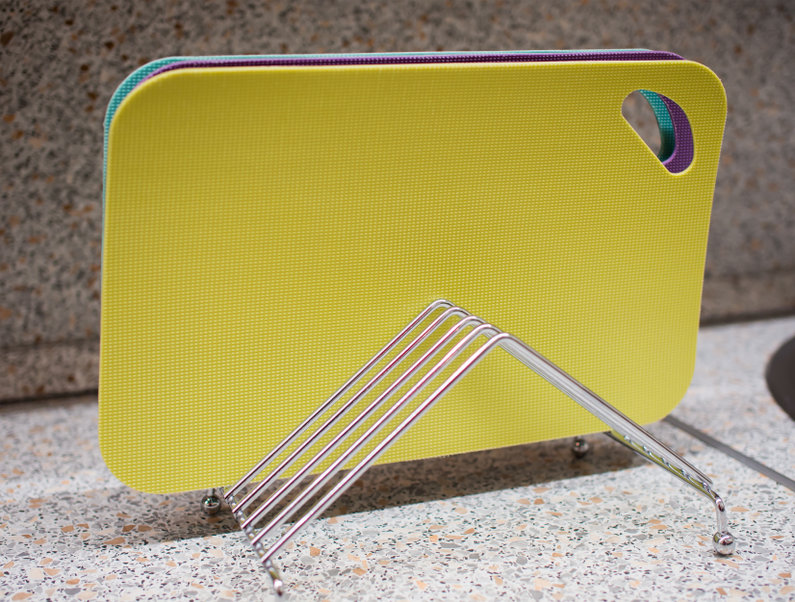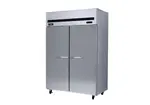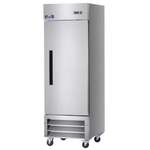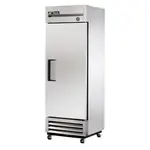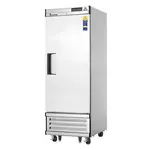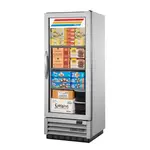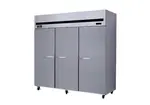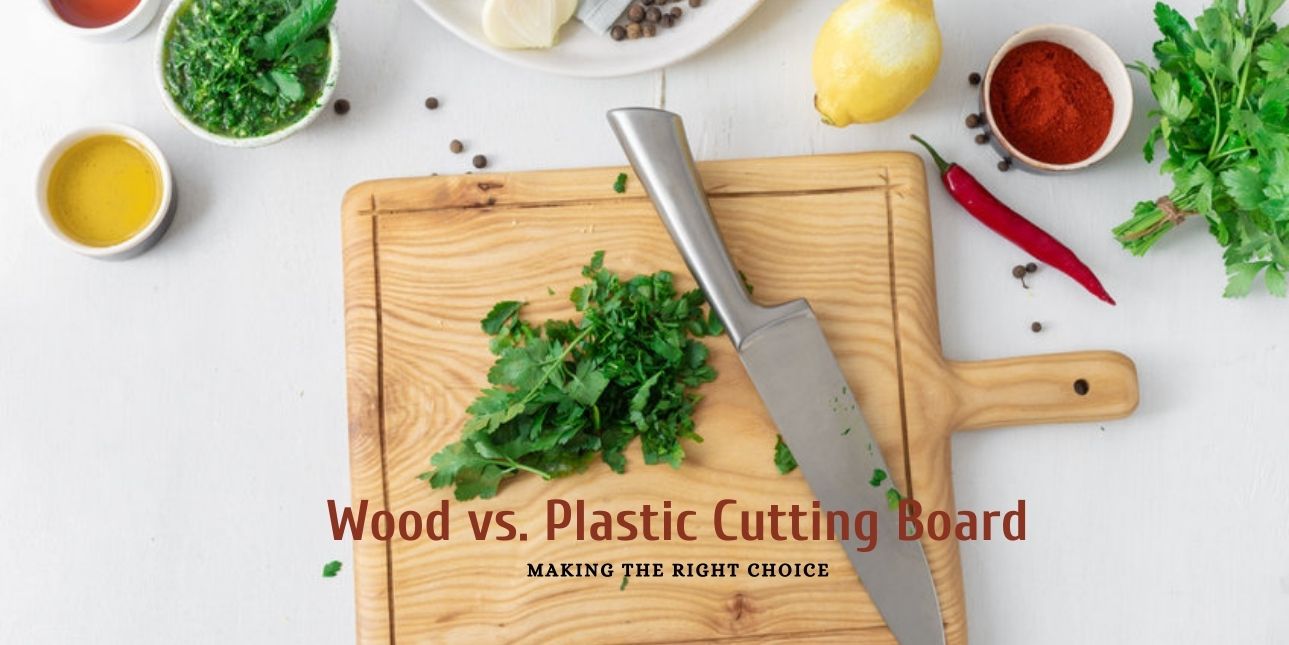
Cutting boards are bare essentials in the food preparation sections of commercial kitchens. These tools help provide a uniform surface to cut produce, meat, and condiments in an ordered and neat manner. Both knives and cutting surfaces impact the sliced food greatly, and affect the end product when you’re cooking in a professional capacity. The wood vs. plastic cutting board debate has been around for quite some time now, and both of these types have several pros and cons that every professional must weigh before making a decision.
Whether you use a wood or plastic cutting board, you must know the maintenance requirements of both options before you equip your kitchen with these essential items. Different surfaces also have an impact on the edges of your knives, affecting overall operational efficiency, which makes it important to consider both options before you settle for the best cutting board for your establishment. Read on as we discuss the contentions between wood vs. plastic cutting boards, and also go through exotic options made from bamboo.
Wooden Cutting Boards
When comparing wooden cutting boards vs. plastic options, it’s important to note that wood is by far the most preferred material for use as a cutting surface. It is sturdy, durable, long-lasting, and also easy on the blades, ensuring you don’t have to worry about sharpening your knives frequently. Despite its smoothness, it isn’t slippery and provides a firm surface to cut through both vegetables and meat. The pros and cons of wooden cutting boards are described below.
- The Advantages of Wooden Cutting Boards
Wooden cutting boards offer several advantages when you’re making a comparison between wood vs. plastic cutting board varieties. Some of the best attributes of these sturdy blocks of wood are:
- Resilience: Wooden boards are capable of withstanding the heavy-duty environment of a commercial kitchen. They’re capable of withstanding shock, scratches, and even deep cuts from knives. Wooden boards might just require some amount of sanding to remove the cuts and crevices formed by everyday usage, and they’re nearly as good as new.
- Clean & Safe: There are prevalent fears and aspersions about wood being a porous material capable of absorbing fluids that it comes in contact with. However, studies have shown that wood is more sanitary than other surfaces when it comes to being antibacterial. This is an important aspect when you’re choosing from wood or plastic cutting boards. The only risk posed to the safety of wood cutting board usage is meat fat that can remain on the wooden surface for long hours. The bacteria contained within the grease can pose food safety risks, so this needs to be mitigated by regular sanitation and washing of the board gently. Harsh cleaning cycles can damage the wooden board and warp it, leading to it trapping bacteria instead of getting rid of the microbes. Since nobody uses a dishwasher to cleanse wooden cutting boards, this isn’t much of a problem, as gentle cleaning processes are sufficient to clean and sanitize the wood cutting board.
- Aesthetics: Appearance-wise, wooden options have a clear edge when you’re comparing wooden cutting boards vs. plastic models. Wooden boards are endowed with a professional aesthetic and offer a polished feel to the user. While this isn’t the most important advantage of owning a wooden cutting board, it certainly matters to business owners that are looking to create uniformity in their cooking equipment.
- Better for the knives: Despite their durability and tough build, wooden cutting boards fare better when it comes to preserving the edge on your kitchen knives. Maplewood and walnut wood options are the best choices when you’re looking for boards that are gentle on the knives. Bamboo cutting boards on the other hand are quite hard and are often comparable with plastic when you’re weighing your options between bamboo cutting boards vs. plastic varieties.
- The Disadvantages of Wooden Cutting Boards
Though the advantages of wooden boards are plenty, they also come with a number of disadvantages. They involve:
- Weight: Wooden cutting boards are heavy and require more effort to handle when compared to the lighter plastic and bamboo options. Though thin wooden boards are available in the market, they tend to bend and warp, causing a drop in utility. Thick boards are the most stable and long-term solutions, despite their weight and unwieldiness.
- Elaborate cleaning routine: Cleaning procedures are more complicated for wooden options when you compare wooden cutting boards vs. plastic alternatives. Wooden cutting boards are not dishwasher safe and cannot be sanitized effectively using machinery. They require gentle cleaning procedures that need manual effort. Warm water and mild soap are more than sufficient. Soaking for long periods is also not recommended as this can damage the board’s longevity.
- Maintenance: Wooden cutting boards require regular maintenance to prevent cracks and flaking. They might also dry out and warp if you don’t polish them with food-grade mineral oil every once in a while. Due to wood being a natural material, it needs to be carefully maintained to ensure its longevity in the kitchen.
Plastic Cutting Boards
Despite the various advantages that wooden cutting boards offer, plastic cutting boards are the favorite choice for several commercial food businesses. Plastic is a cheap and manageable material that can offer some lucrative benefits. It also doesn’t require elaborate maintenance routines when compared to its wooden counterparts. The advantages and disadvantages of plastic cutting boards are detailed below.
- The Advantages of Plastic Cutting Boards
We detail the various advantages of plastic options when comparing wood vs. plastic cutting boards and also plastic vs. bamboo cutting board varieties. These entail:
- Cost: Plastic boards are cost-effective and much cheaper than wooden and bamboo boards. They also do not require much maintenance, reducing the cost of upkeep.
- Straightforward maintenance & sanitation: Since plastic boards are capable of withstanding high temperatures, they can be placed in dishwashers and undergo a complete cleaning cycle. They do not get warped, and despite the higher safety of wood, plastic cutting boards are better options to slice up the meat and other greasy foods.
- Knife-friendly: While plastic cutting boards are not as soft on a knife’s edge as wooden boards, they’re still softer when you’re comparing bamboo vs. plastic cutting boards. Plastic is durable and capable of taking a lot of scratches, yet remains soft on the blade.
- Weight: The best plastic cutting boards are lightweight and easy to handle. They also occupy less space when compared to their wooden counterparts and are easily moved from one place to another in the kitchen. Often, two plastic boards fit in the space occupied by a single, thick wooden board.
- The Disadvantages of Plastic Cutting Boards
Plastic boards too have several disadvantages, and these factors need to be considered when you’re weighing your options between wooden cutting boards vs. plastic alternatives. They involve:
- Frequent replacement requirements: Plastic cutting boards are not as durable when compared to wooden and bamboo boards. They need to be replaced the moment they encounter some major damage. Plastic boards also tend to become unusable when they become irreversibly scratched by knives.
- Sanitation concerns: The scratches produced by knives can provide a perfect breeding ground for bacteria, posing a food safety hazard. Despite the prospect of thorough cleaning in a dishwasher, plastic cutting boards can still be comparatively riskier to use than wooden cutting boards due to this factor.
Now that you know the various advantages and disadvantages of both wooden and plastic boards you can now draw up an informed opinion on both options. Be sure to compare the features of individual wood vs. plastic cutting boards so you can make the best choice for your establishment. Make sure you also outfit your establishment with quality refrigeration equipment to store your produce and meat safely, to ensure you abide by all food safety guidelines.

